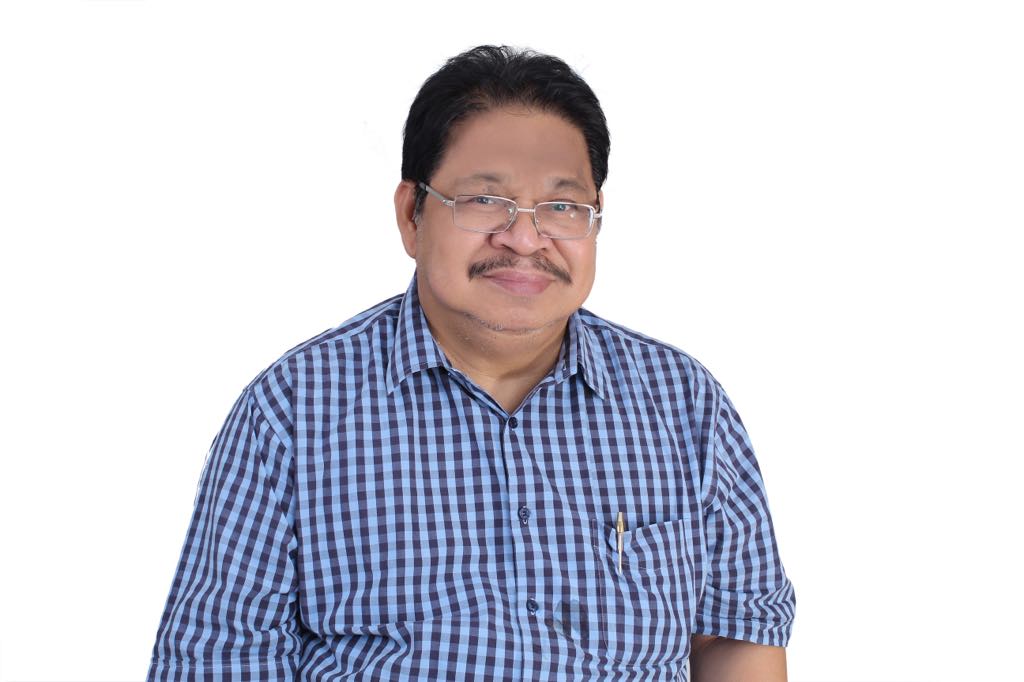
But the biggest success of the ECQ is that it has allowed our country’s health-care system and the government to boost their capabilities against this wicked virus.
Yes, the medical world still has no care standard for hospitalized COVID-19 cases. But doctors in more than 70 hospitals have been allowed by the Food and Drug Administration to use off-label, “investigational” drugs to find out which ones will work best against the coronavirus.
These six treatments are intended for malaria, Ebola, human immunodeficiency virus, influenza, multiple sclerosis and plasma blood transfusion. But they are being administered to COVID-19 patients quite successfully under a “solidarity trial” arrangement by the World Health Organization.
Because the ECQ has slowed down the spread of COVID-19, we now have available 3,000 “wards,” isolation and intensive care unit beds in public and private hospitals. The government has also put up 2,780 quarantine facilities with 167,000 beds.
These has also been a dramatic improvement in mass testing. The Department of Health is targeting 8,000 RT-PCR (real-time polymerase chain reaction) confirmatory tests a day while the Philippine Red Cross is testing 4,000 persons a day. The University of the Philippines-National Institutes of Health aims to test 8,000 a day with its newly approved and field-tested RT-PCR testing kit. This means a daily total of 20,000 tests in the next few days. Arriving soon are 2.2 million rapid testing kits and about 900,000 RT-PCR confirmatory tests earlier ordered by the President.
With enough quarantine facilities and testing kits, we are now in a position to round up all suspected and probable COVID-19 patients in Metro Manila, the Calabarzon (Cavite, Laguna, Batangas, Rizal and Quezon) and Central Luzon regions. Through local government and barangay officials, we can now separate infected people from the general population and prevent the virus from further spreading.
“Locate, isolate and cure” them in the next nine days. If there are people who resist, they should be arrested and prosecuted.
* * *
Most Metro Manila mayors are still hounded by complaints from residents about their exclusion from the government’s social amelioration program (SAP).
This is a proper grievance because the Department of Social Welfare and Development (DSWD) and Department of Finance have allocated funds for only around 54.86 percent of poor households in Metro Manila, leaving out 6 to 10 percent of the qualified poor beneficiaries in every city.
Pasig Mayor Vico Sotto said that out of 206,000 qualified Pasigueños, only 93,000 were included in SAP.
He added that he would use his city’s trust fund to cover the deficiency although this would not come close to the P8,000 monthly allotment under SAP.
Makati has 168,000 qualified households but only 68,000 are on the DSWD’s list. Mayor Abby Binay received P111 million from the Internal Revenue Allotment released under the Department of the Interior and Local Government’s “Bayanihan” grant but under the guidelines, the money should not be distributed in cash to beneficiaries.
Quezon City has more than 700,000 qualified families but DSWD approved only 377,000.
No wonder, just days to go before the end of the ECQ, the distribution of SAP to intended poor beneficiaries in Metro Manila has moved at a snail’s pace or not at all.

